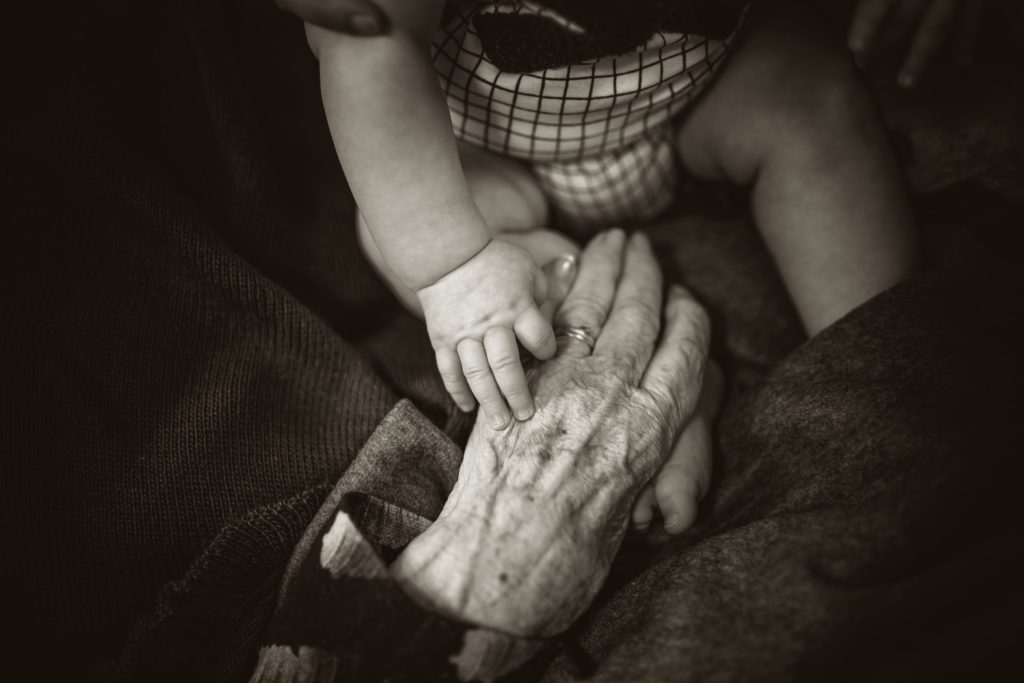All fields are required
Posted in Salmonella on November 13, 2018

Salmonella seems to be the bacteria we can’t get away from. Just recently, ninety-two people across twenty-nine states have fallen ill with an infection due to an antibiotic resistant bacteria. What kind of bacteria is it? You guessed it! Salmonella. According to a recent investigation notice by the United States Centers for Disease Control and Prevention, this particular antibiotic resistant strain is called Salmonella Infantis, and it is present in live chickens as well as many other types of recalled raw chicken products, including but not limited to certain pet foods. Here’s what you should know in order to avoid these latest salmonella outbreaks!
During this raw chicken product related outbreak, a single supplier has been traced as the source. Twenty-one people have been hospitalized and no deaths have been reported. However, this is just one out of the many Salmonella-related outbreaks popping up all over America!
Recently, Salmonella-Newport found in contaminated ground beef products has sickened 120 individuals across 22 states, leaving 33 people in the hospital. During this outbreak, nearly seven million pounds of raw beef products were compromised, including ground beef products, all of which were packaged between July 26th and September 7th, 2018. These products have since been recalled by JBS Tolleson, Inc., of Tolleson, Arizona, out of an abundance of caution due to the fact that their products were found as the outbreak’s source. The size of this recall is embarrassing. Consider the fact that the annual United States beef consumption is at 55.7 pounds per capita, meaning that the amount of recalled been is equal to the annual consumption of over 125,000 Americans.
These salmonella outbreaks are huge. They are dangerous, infect hundreds, and must be prevented–but how?
In order to prevent an outbreak, one has to first understand what it is that causes one. Salmonella, in this case, is a bacteria that usually resides within the intestines of people and animals. This bacteria is easily transferred through contaminated water or food, most notably chicken, beef, eggs, pork, and other “normally safe” food items like fruits, vegetables, and processed foods. The salmonella bacteria can be transferred through contact with animals or their environment as well.
Symptoms of a salmonella infection, that is, salmonellosis, most often start between 12 and 72 hours after the initial exposure to the bacteria. These symptoms include diarrhea, fever, nausea, vomiting, and abdominal pain or cramps. These types of infections are far more common in the warmest months of the year, typically June, July, and August, since warm weather and foods left unrefrigerated tend to support the growth of salmonella.
While anyone can technically become ill with salmonella, children younger than the age of 5, adults older than 65, pregnant women, and people with compromised immune systems or preexisting health conditions tend to be the most likely to contract this infection. Salmonella that is antibiotic-resistant, such as in the case with one of the latest contaminated raw-chicken outbreaks, tends to cause more hospitalizations and there is a higher likelihood of a bloodstream infection or treatment failure.
According to the Centers for Disease Control and Prevention, nearly 1.2 millions cases of salmonellosis occur every year in the United States along, which consists of a population at approximately 327 million). Salmonella infections cause around 450 American deaths every year. There is no vaccine available to prevent salmonellosis, and when an infection is antibiotic resistant, few treatments are successful against fighting it. The absolute best thing a person can do is to be aware of the risks of salmonella, reduce exposure, and take smart actions to avoid getting sick.
There are different techniques possible to prevent salmonella infections for different stages of life.
There are many techniques that should be practiced regularly to ensure proper food safety. Especially when preparing foods, proper food safety procedures are essential. Wash hands before, during, and after the cooking process. Properly cook all raw meats, poultry, seafood, and eggs, since heat is able to kill the bacteria. Keep all fruits and vegetables completely separate from raw meats, poultry, seafood, and eggs–including using different knives, cutting boards, and other utensils. Keep your food safe!
If you believe you have developed Salmonella, we want you to know that a Salmonella lawyer at the Lange Law Firm, PLLC is currently investigating this matter, helping several families already involved in the outbreak, and offering free legal consultations. Our lawyer, Jory Lange, and became a lawyer to help make our communities and families safer.
If you or a loved one have become ill, you can call (833) 330-3663 for a free consultation or complete the form here.
By: Abbey Ryan Elder, Contributing Writer (Non-Lawyer)